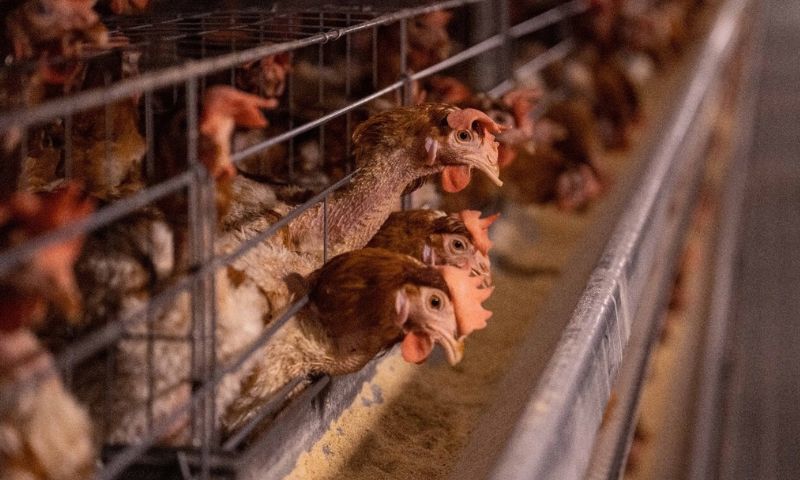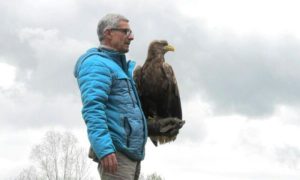GENEVA: The World Health Organization (WHO) on Thursday voiced alarm at the growing spread of H5N1 bird flu to new species, including humans, who face an “extraordinarily high” mortality rate. “This remains I think an enormous concern,” WHO chief scientist Jeremy Farrar told reporters in Geneva.
Since its outbreak in 2020, the current bird flu epidemic has killed tens of millions of poultry, with wild birds, as well as land and marine mammals, also falling victim to the virus. In a surprising turn of events, cows and goats were recently added to the list of susceptible species, a development that caught experts off guard.
Farrar described the A(H5N1) strain as a “global zoonotic animal pandemic,” expressing deep concern over its ability to infect not only ducks and chickens but also an increasing number of mammals. The risk intensifies as the virus evolves, potentially gaining the capability to infect humans and even facilitate human-to-human transmission.
While there is currently no evidence of human-to-human transmission of the influenza A(H5N1) virus, Farrar highlighted the extraordinarily high mortality rate among persons infected through contact with animals. The WHO reported 463 deaths out of 889 human cases across 23 countries from 2003 to April 1 this year, indicating a case fatality rate of 52 percent.
A recent case in Texas, where a person recovered from bird flu after exposure to dairy cattle, raised further concerns. This marked only the second human case of bird flu in the United States and the first known infection through contact with an infected mammal. Farrar stressed the virus’s potential to adapt and seek out new hosts.
Efforts are underway to develop vaccines and therapeutics for H5N1, but Farrar emphasized the importance of bolstering regional and national health authorities’ capacity to diagnose the virus. Equitable access to vaccines, therapeutics, and diagnostics is crucial to ensure a swift and effective response in the event of human-to-human transmission, Farrar said.























